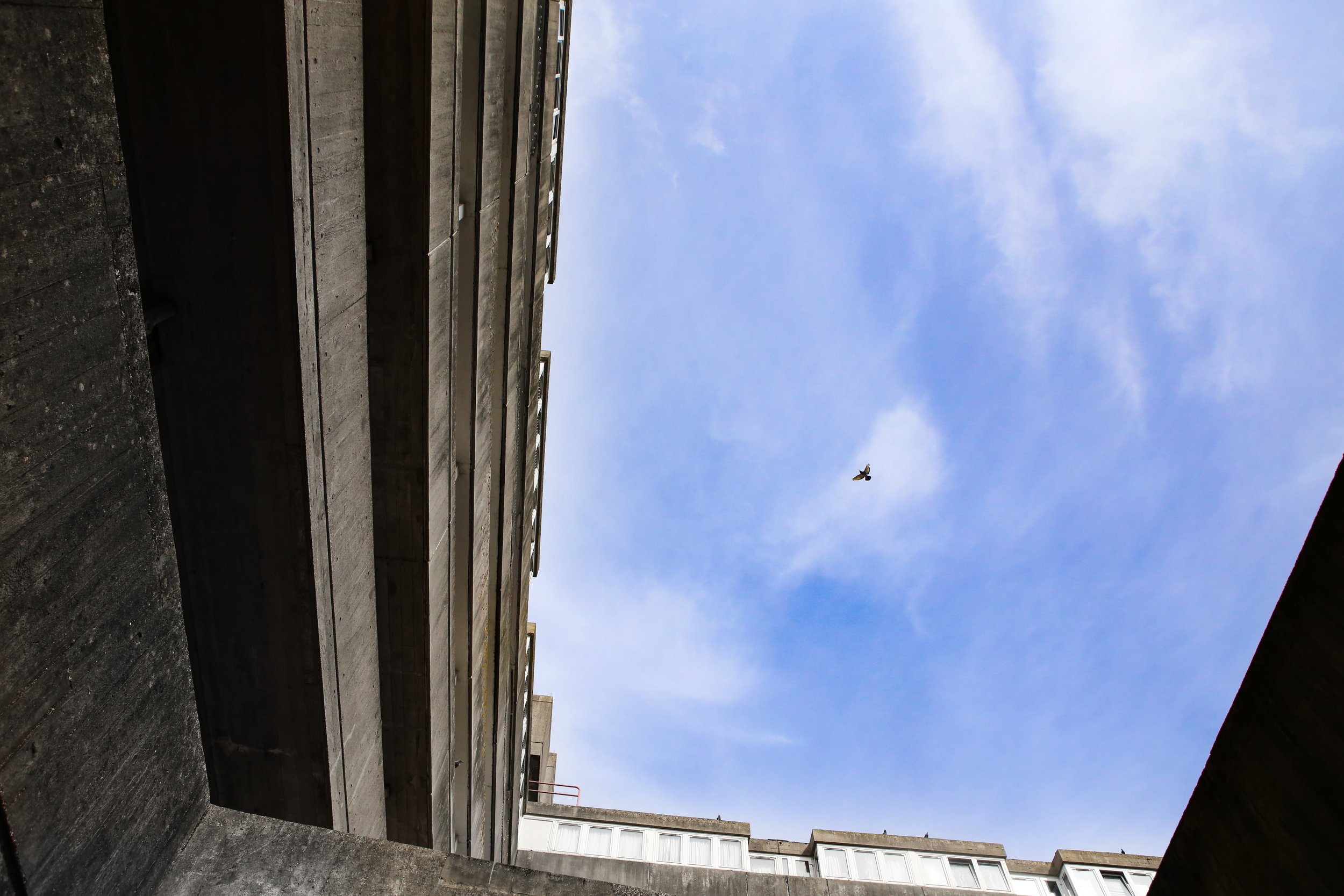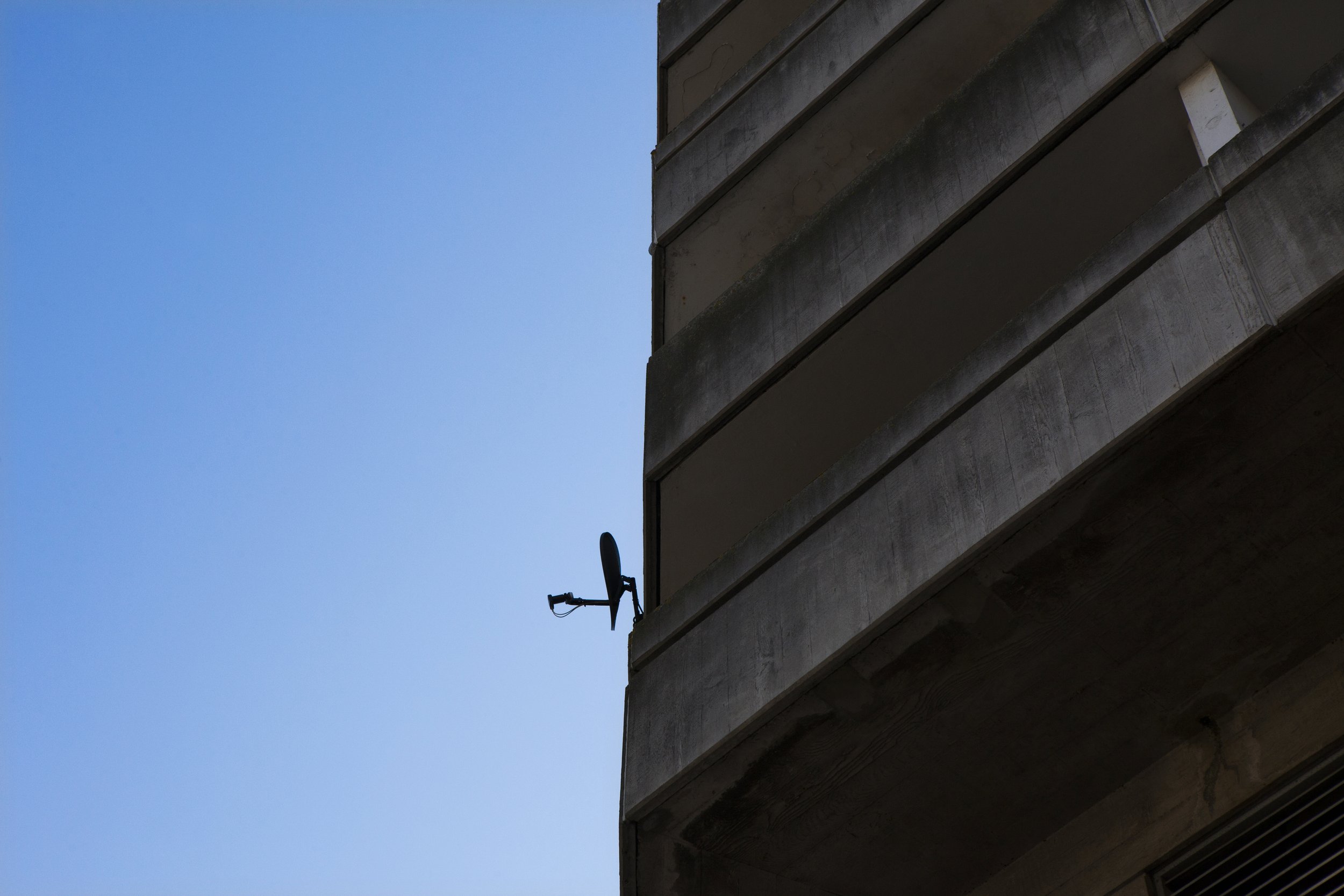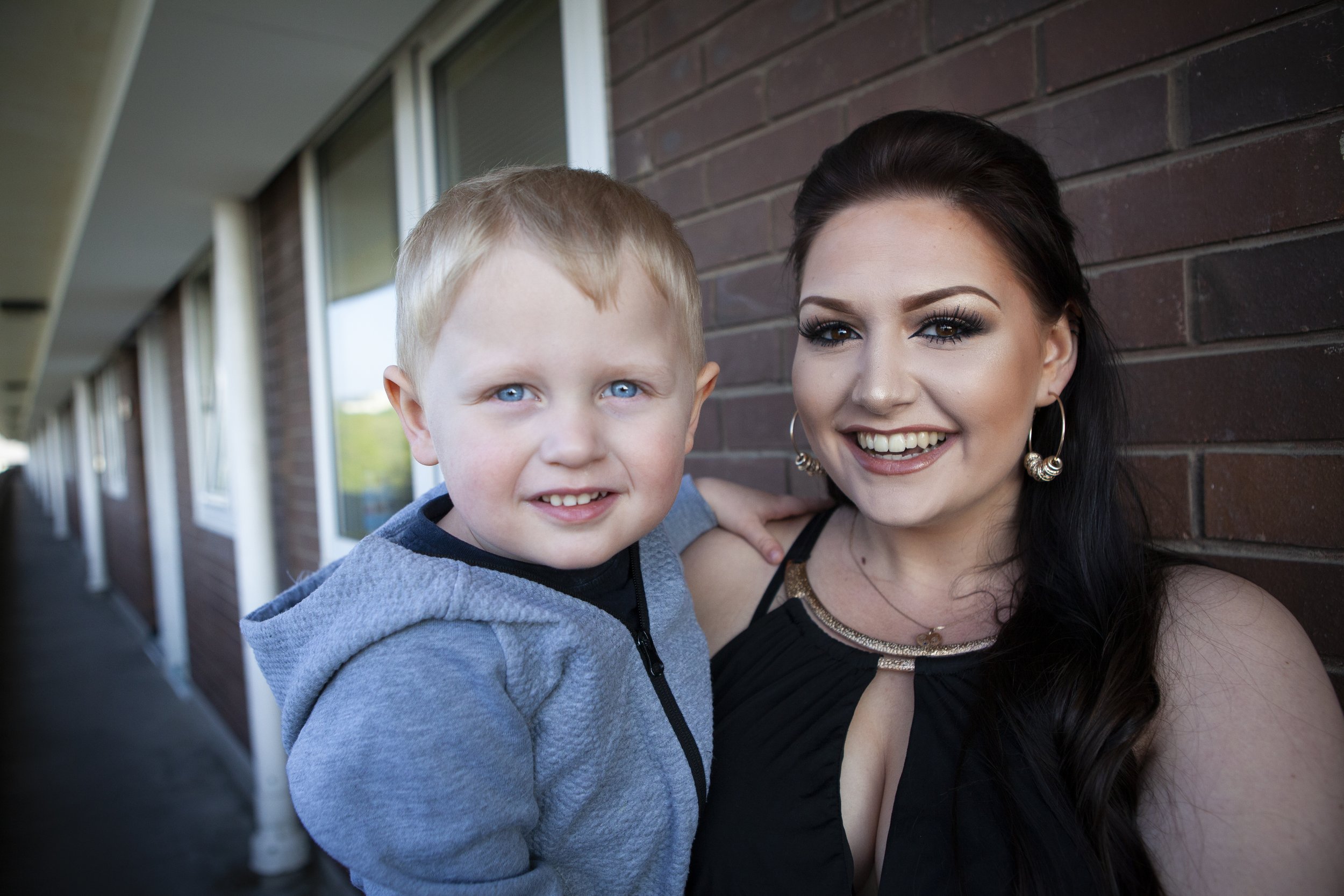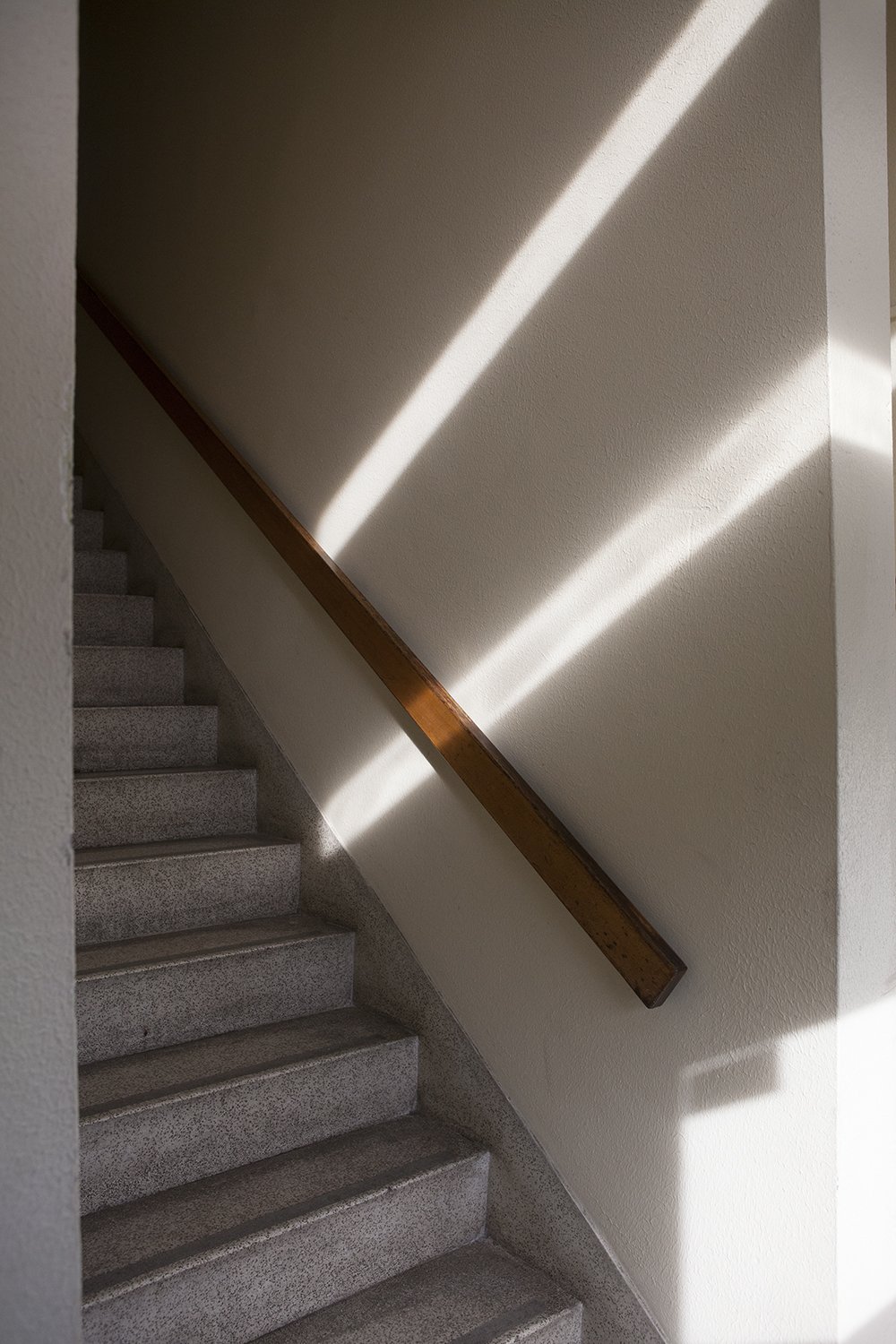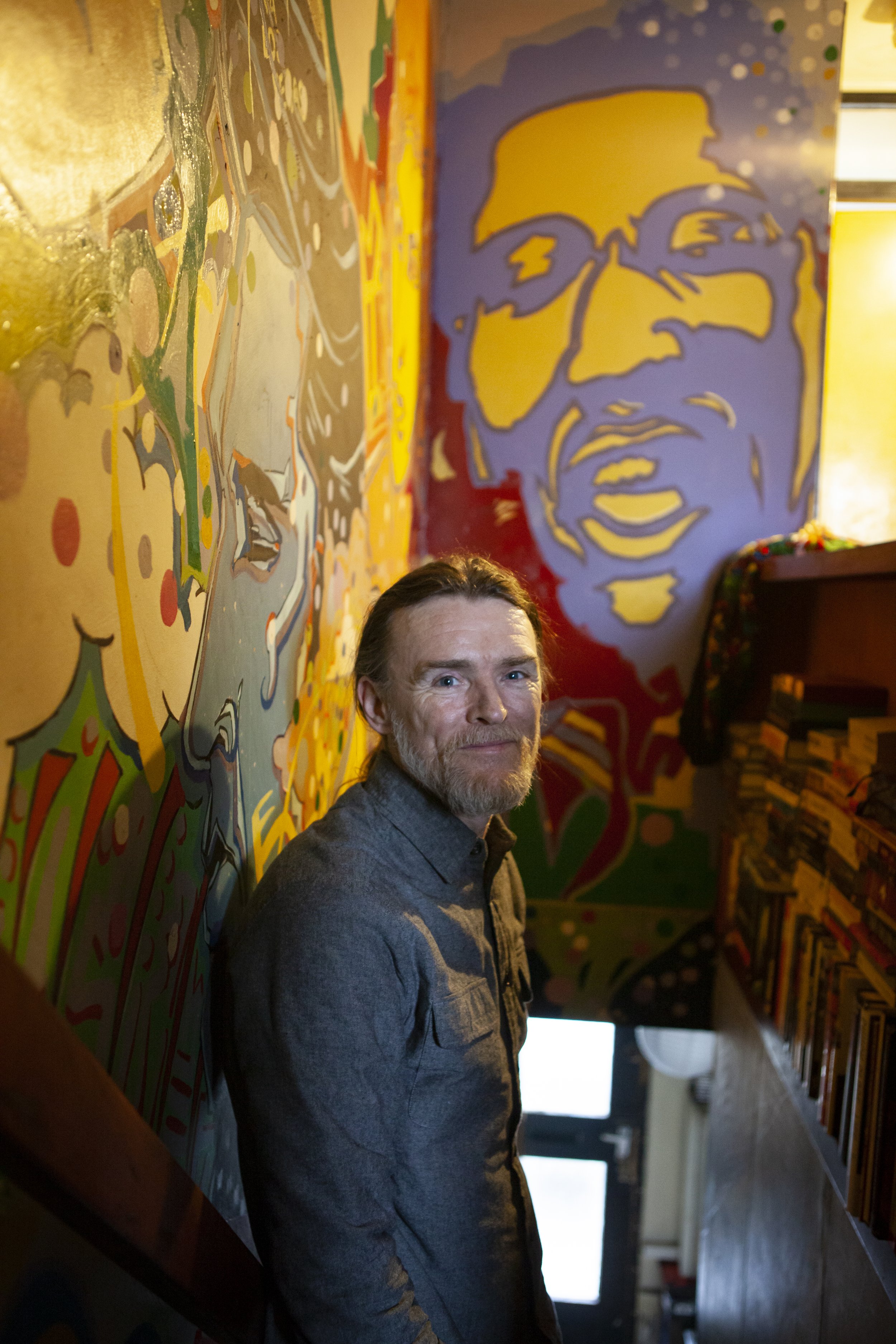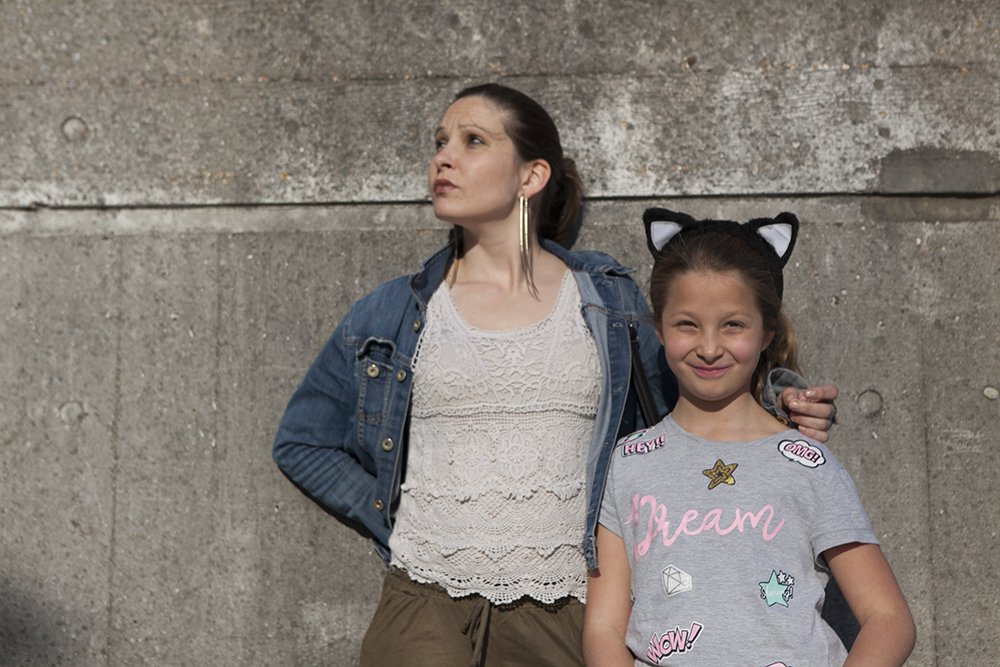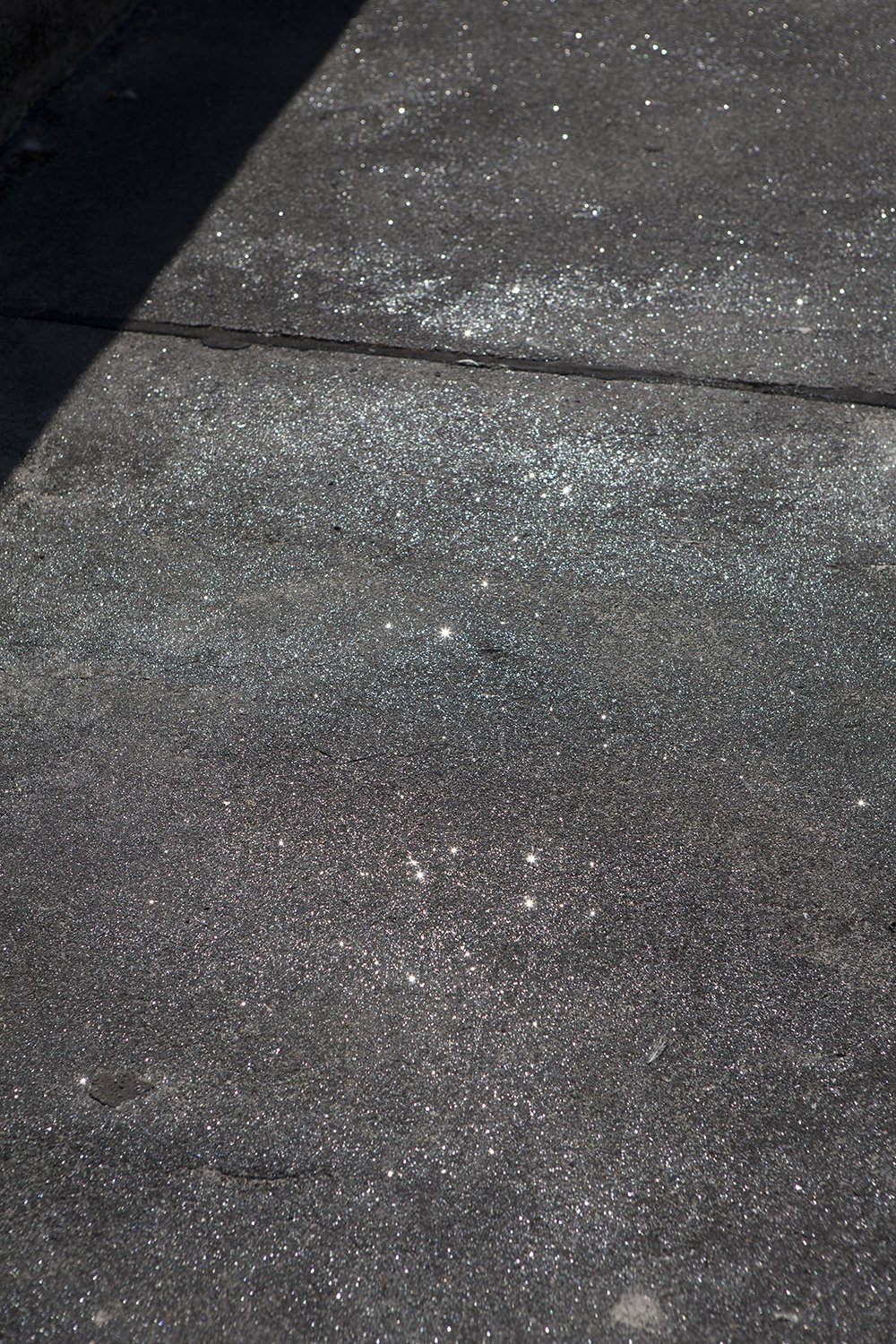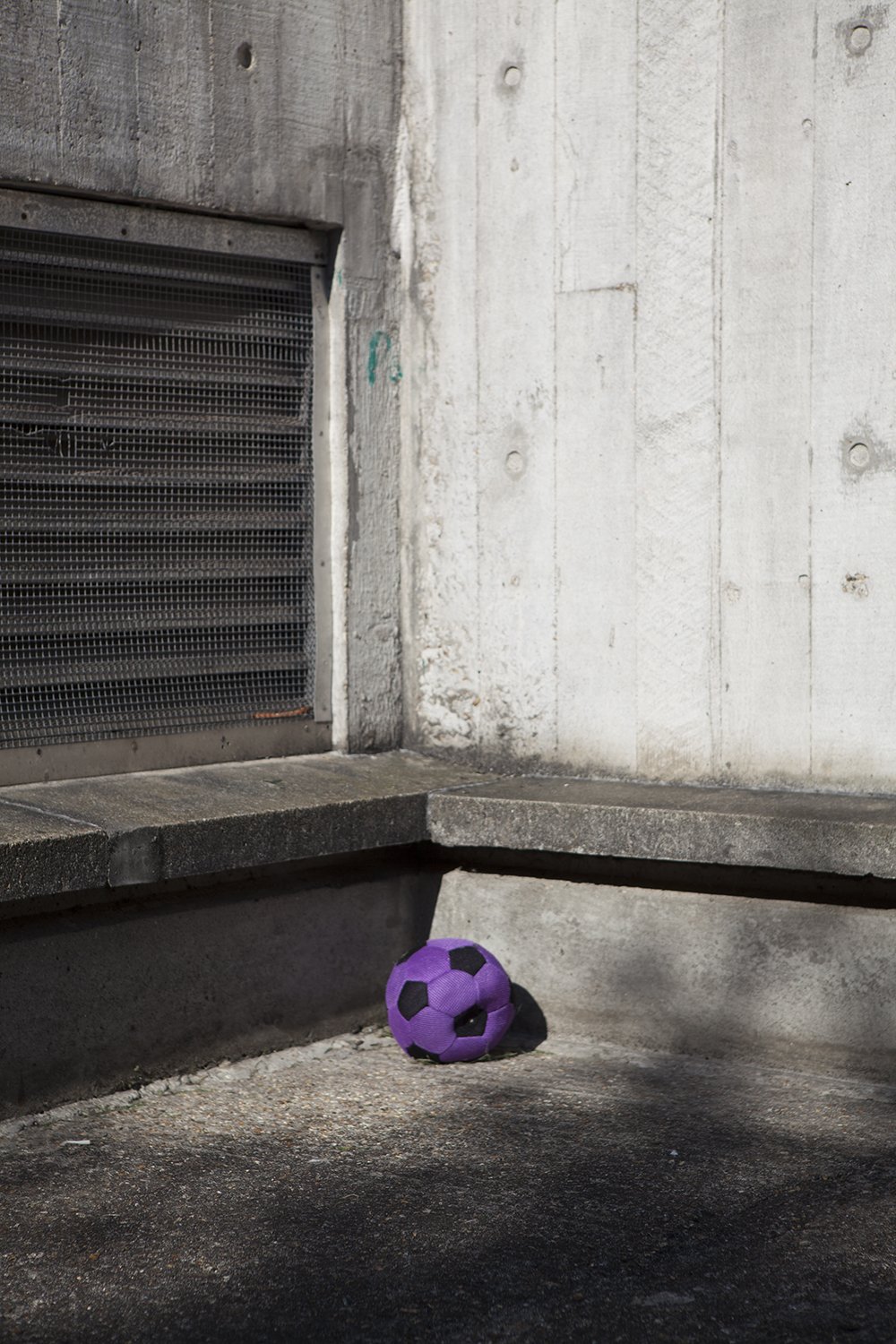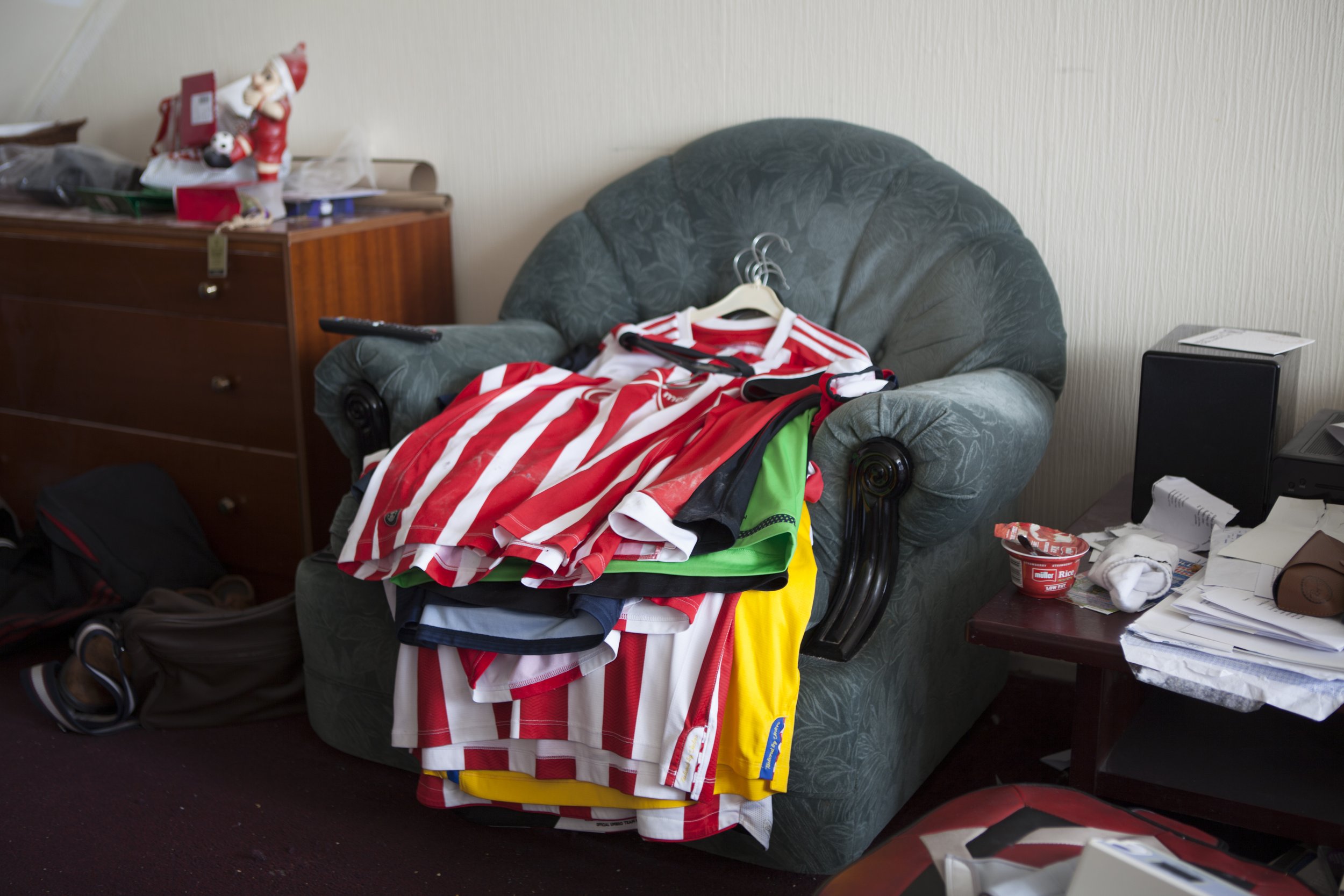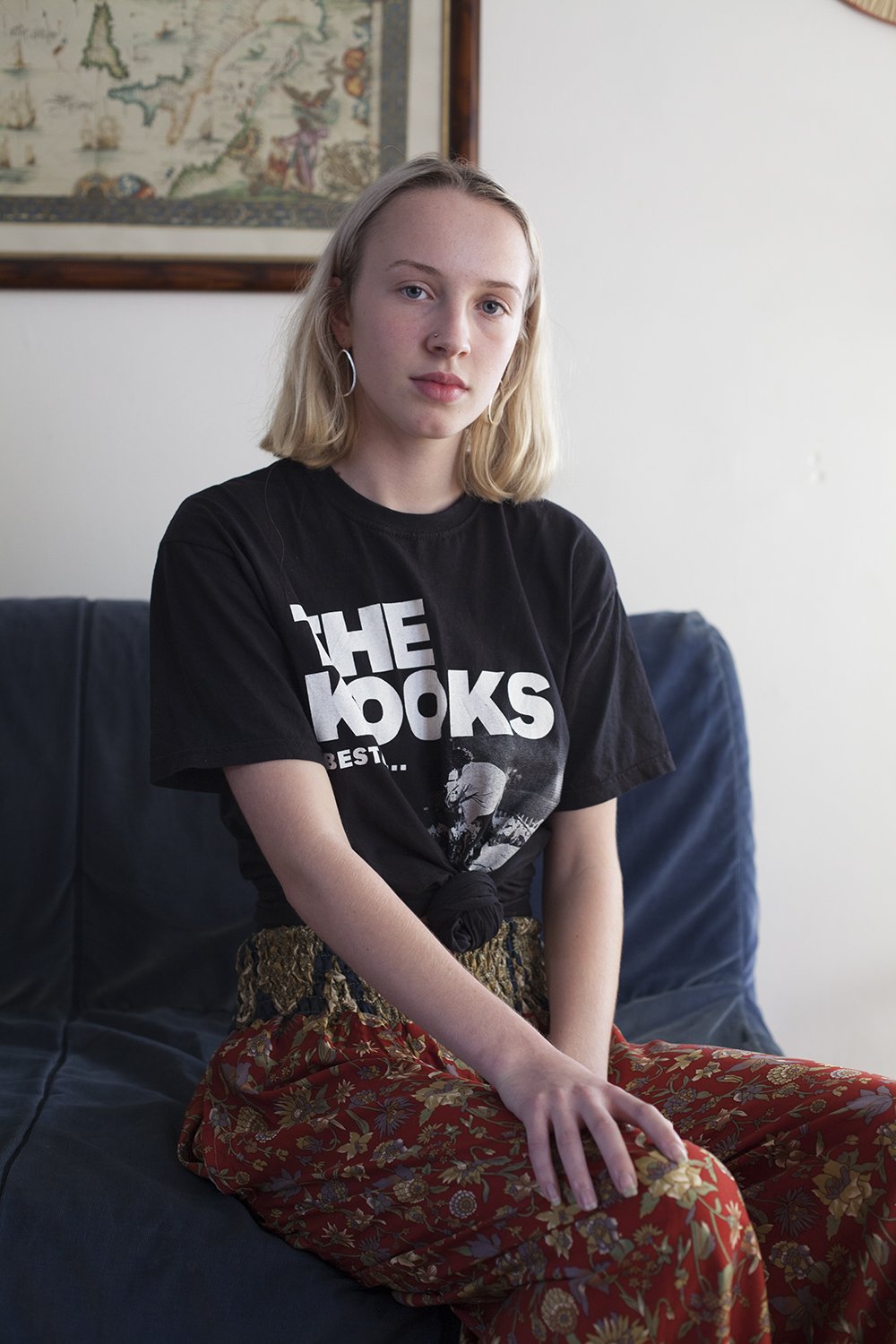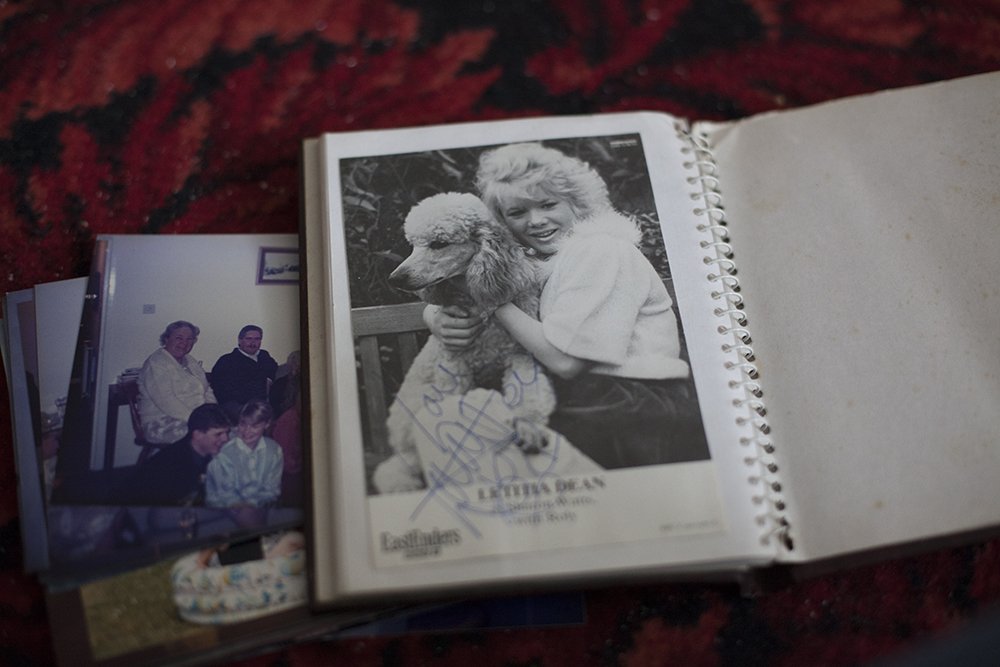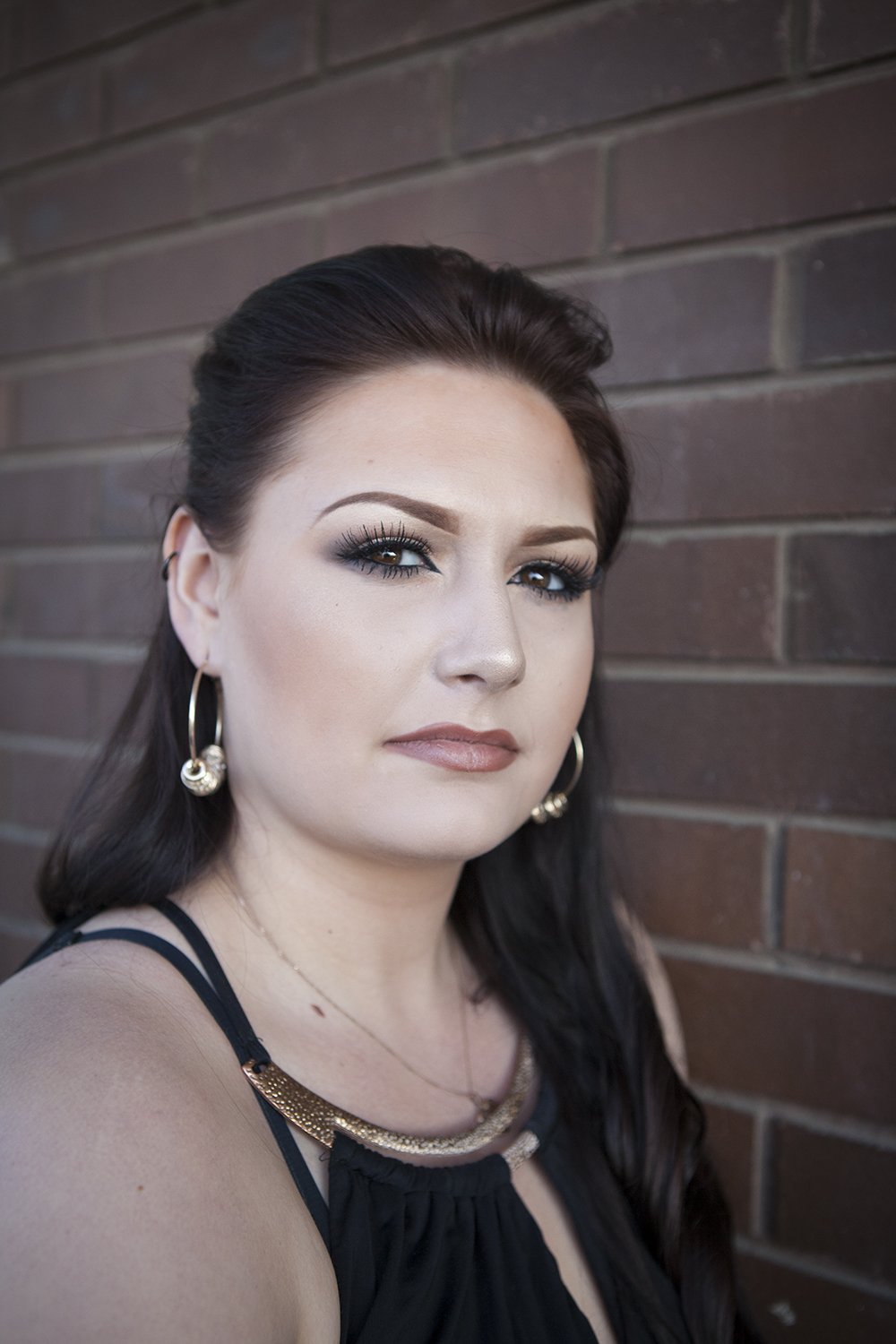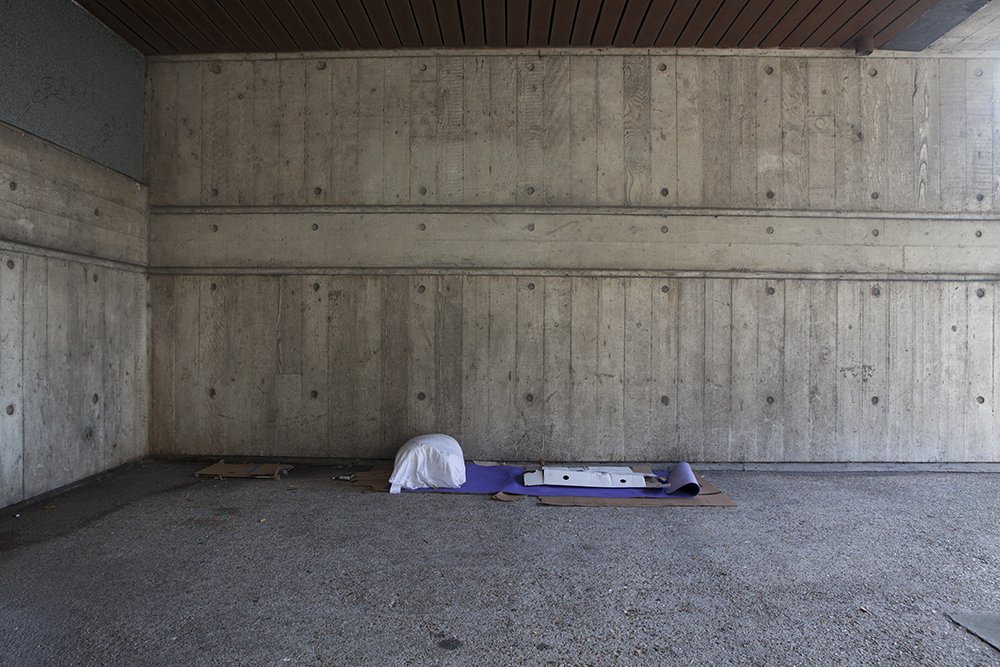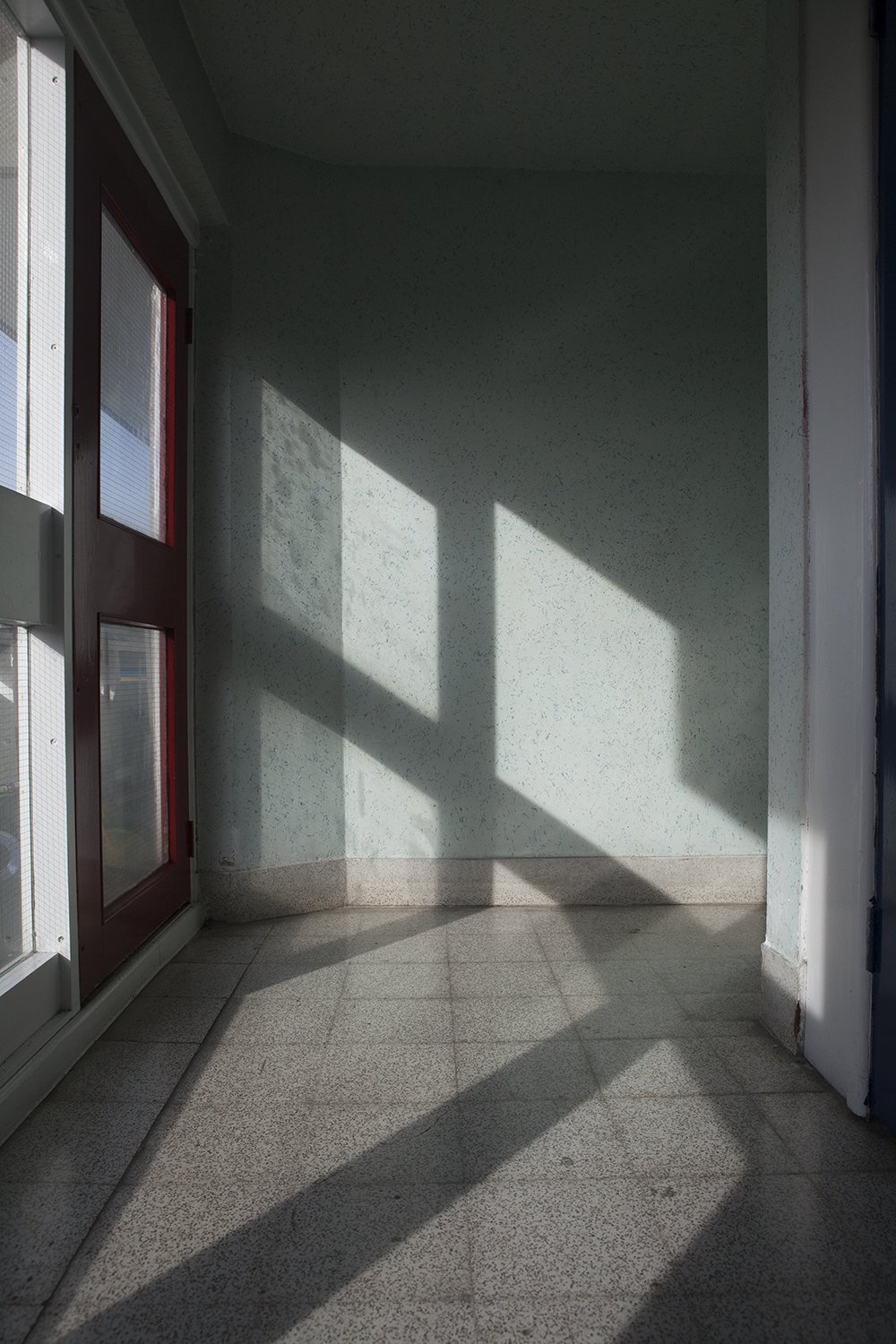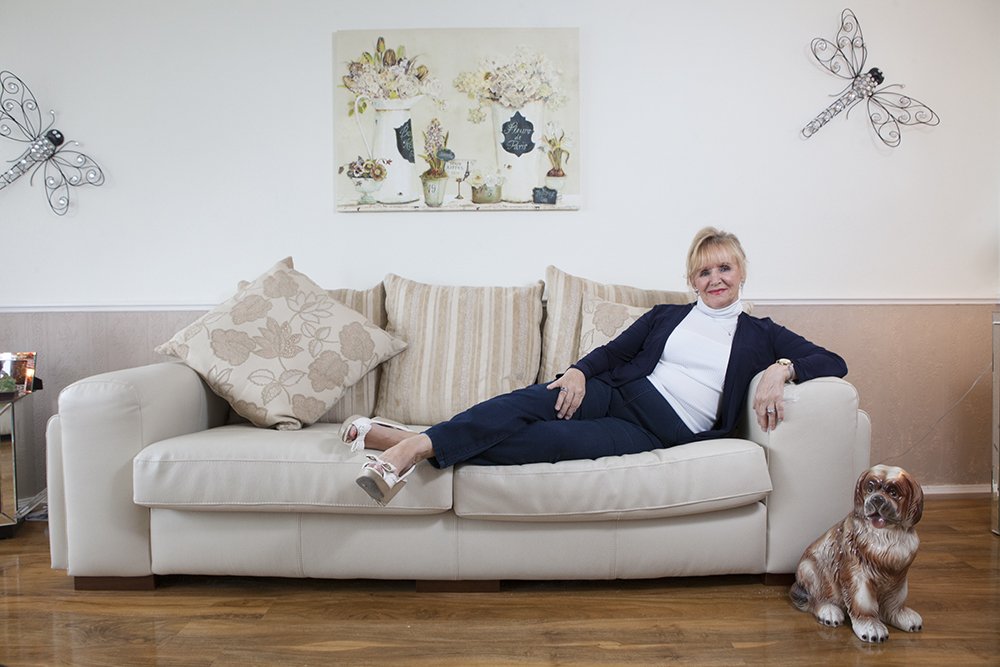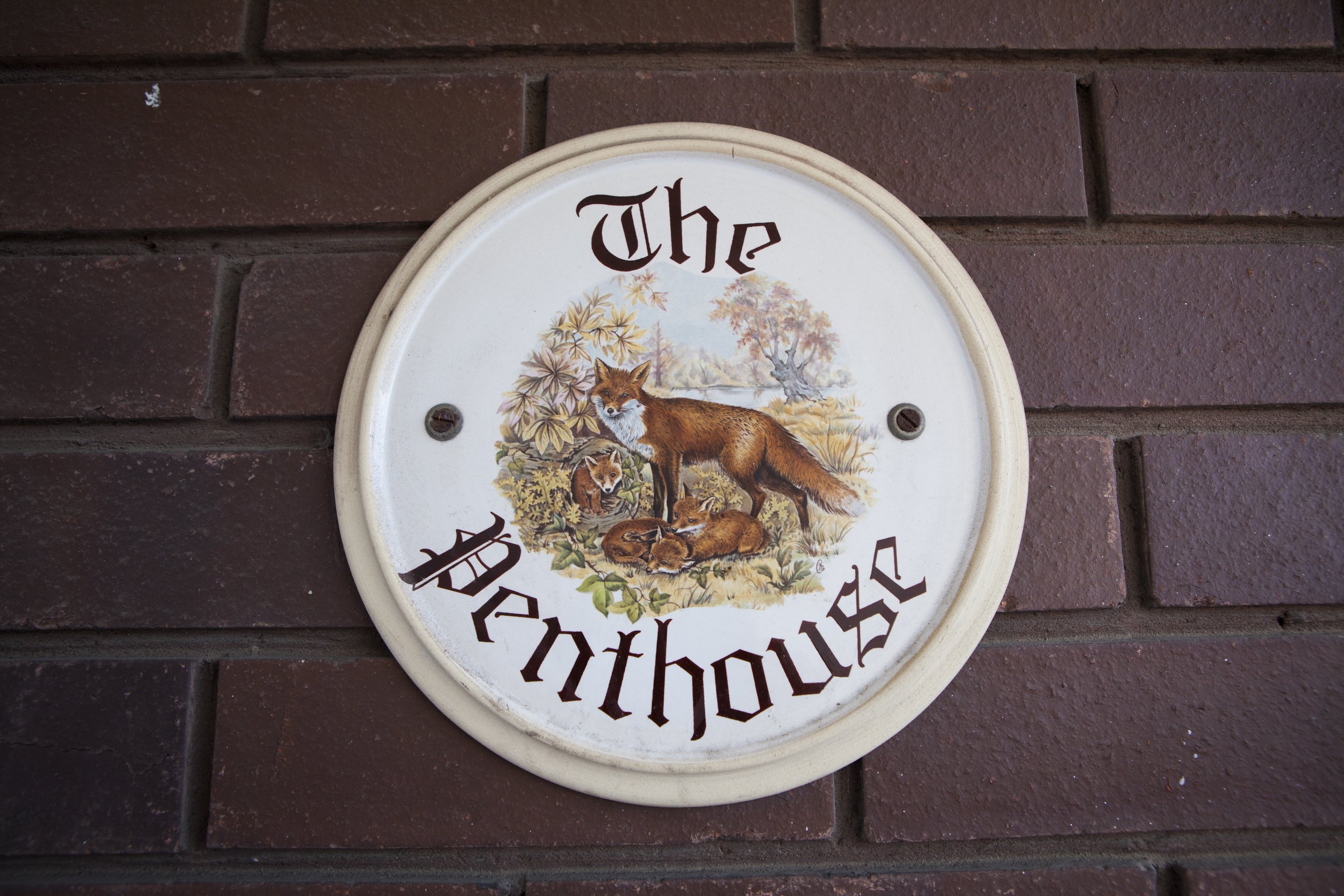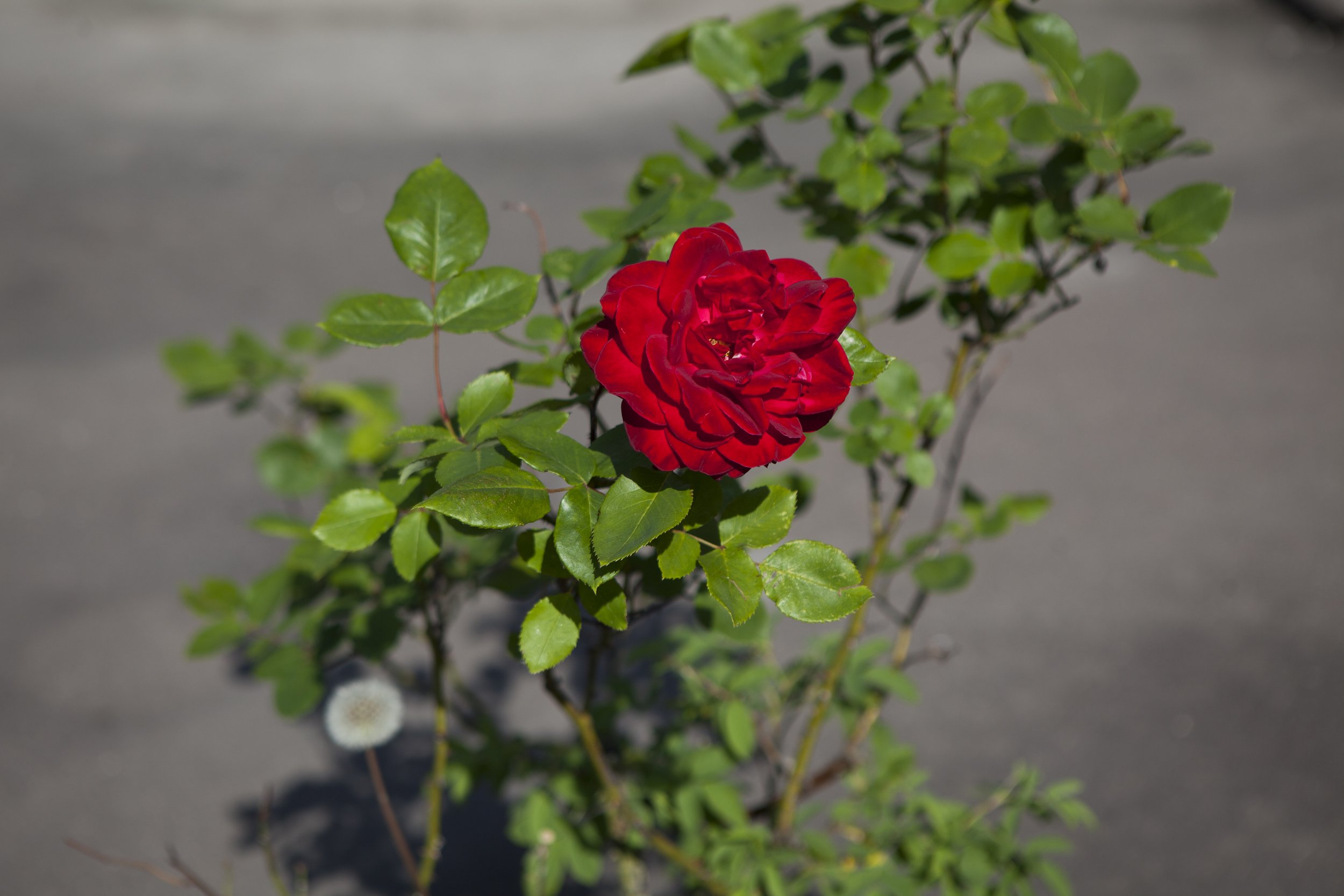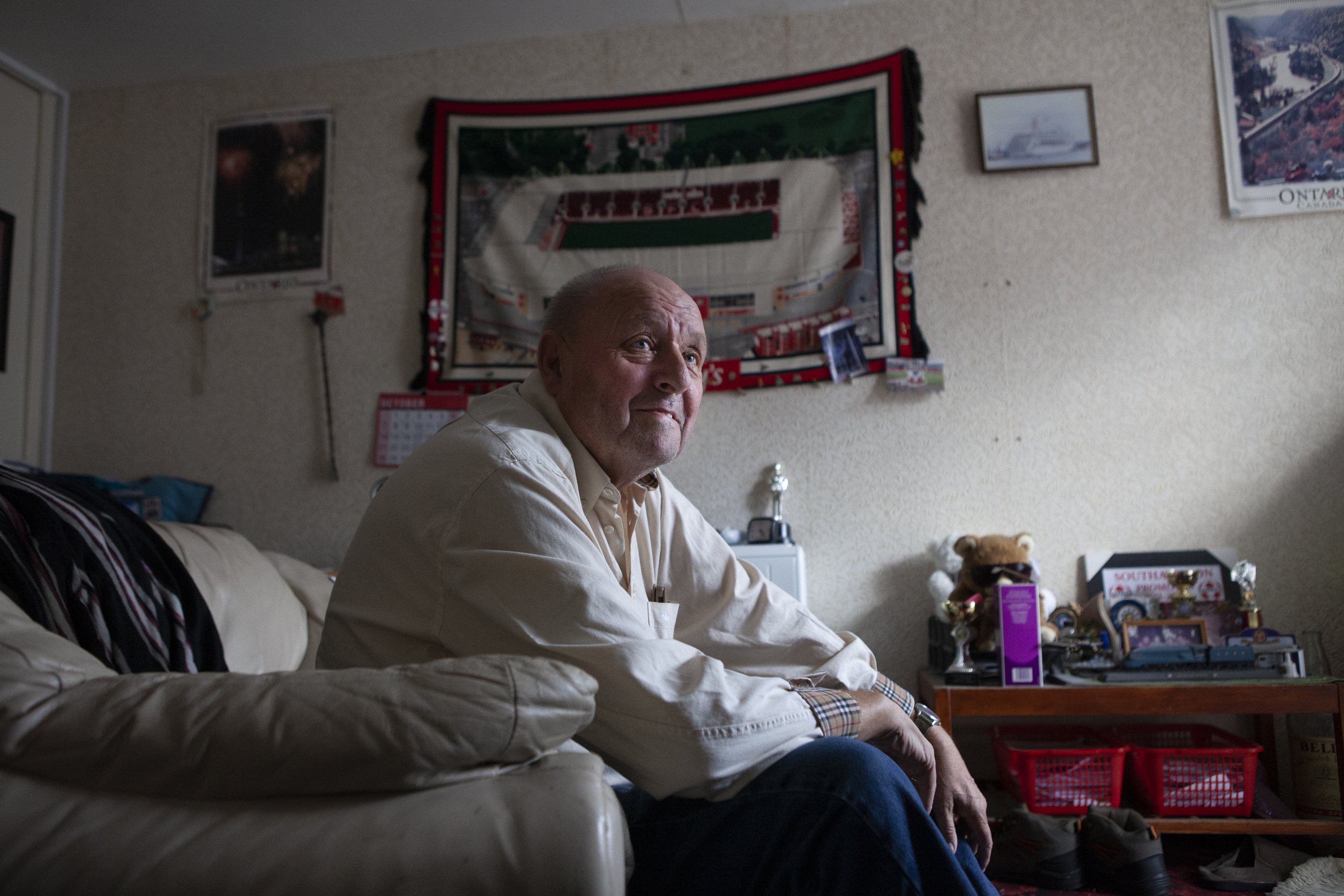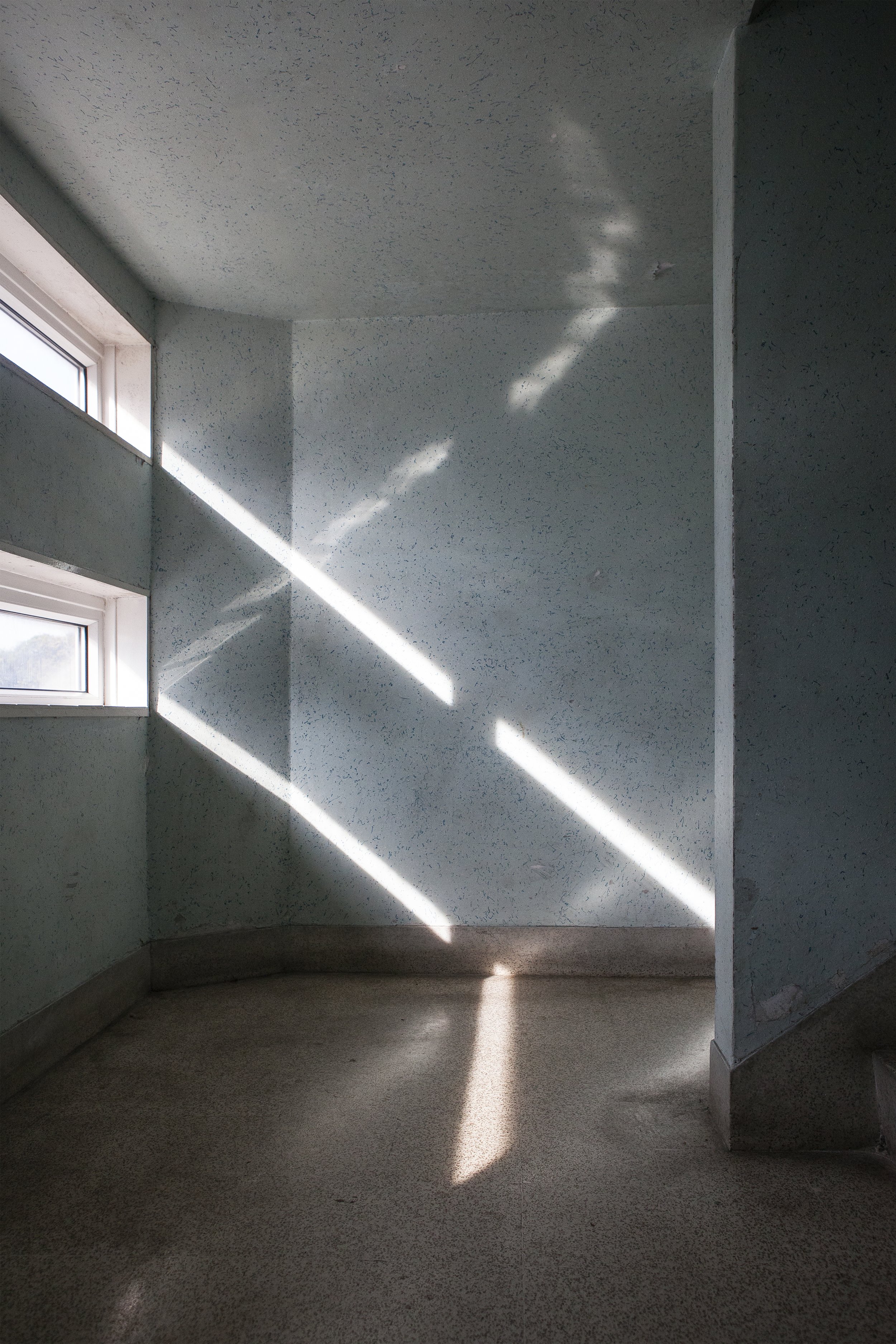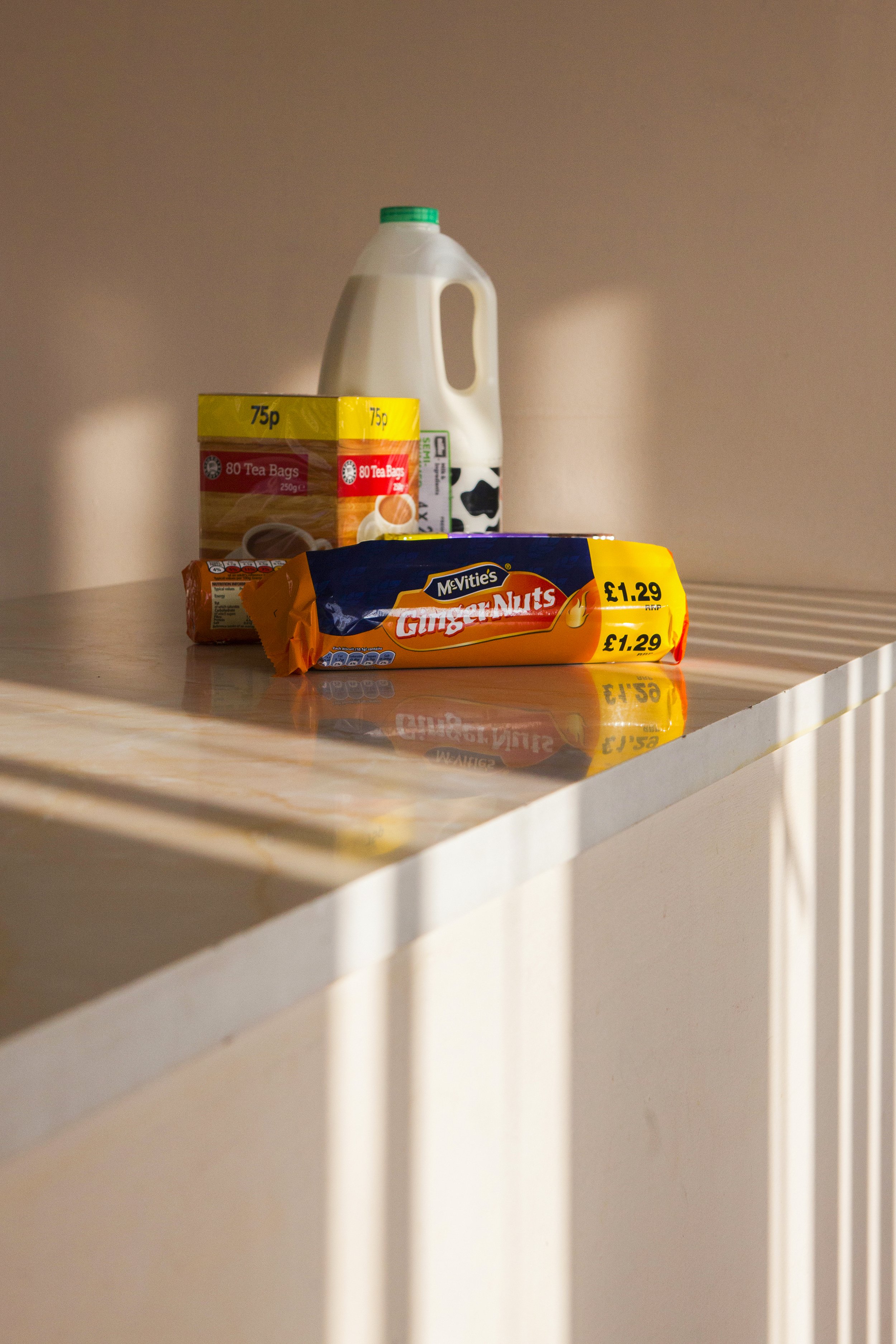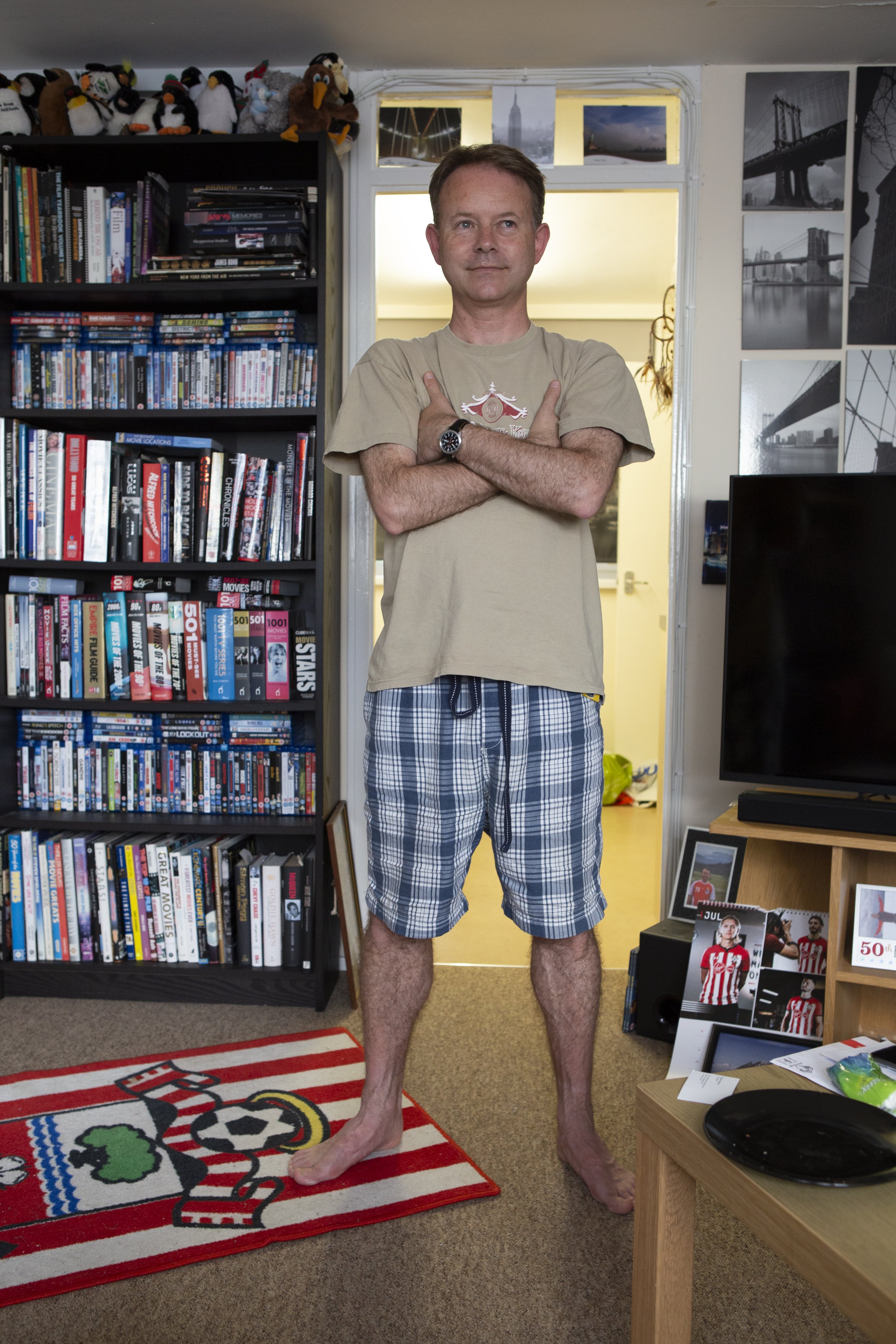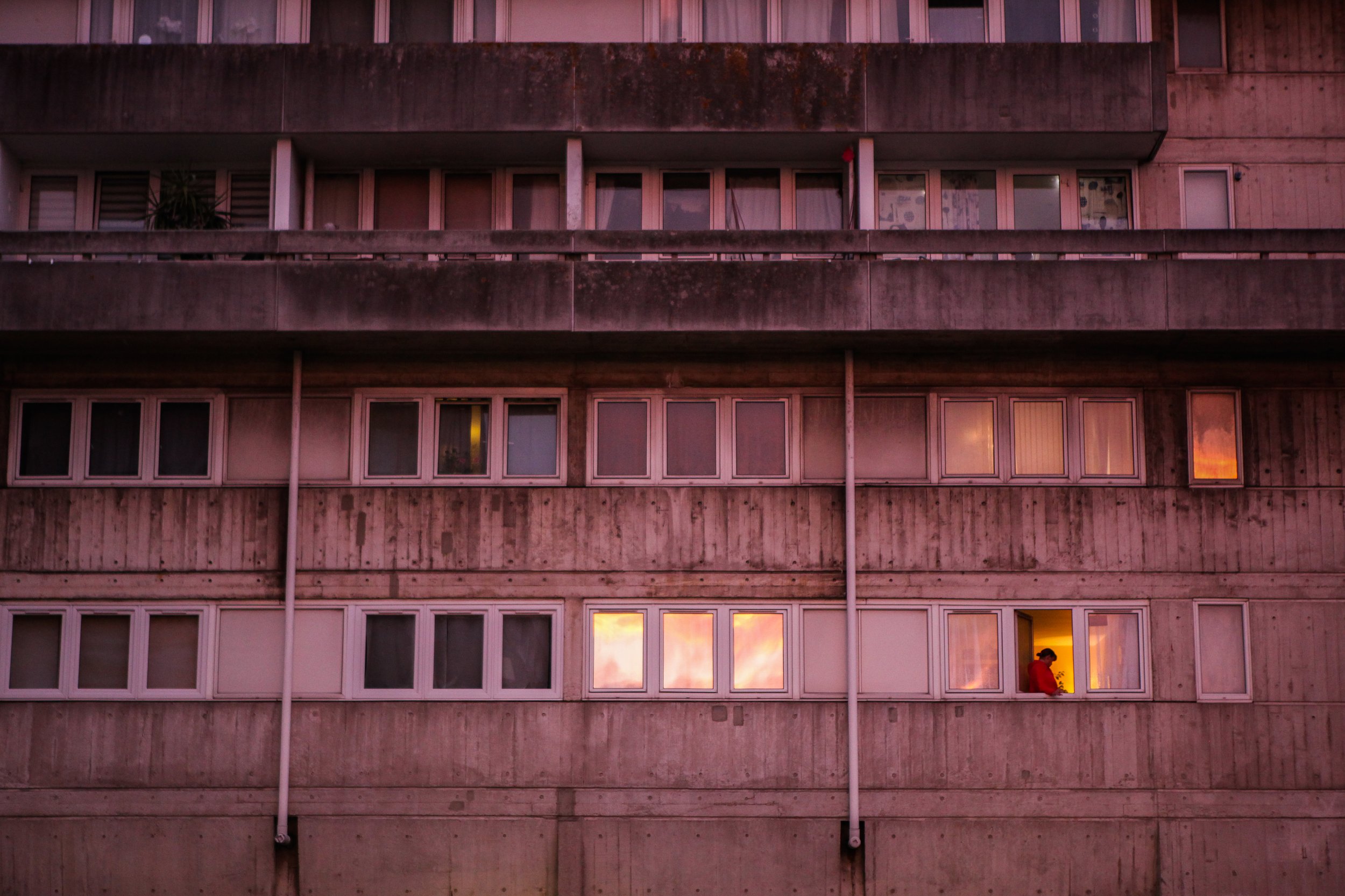A Portrait of Wyndham Court
Like a mouthy acquaintance you can’t avoid, Wyndham Court imposes its unapologetic presence on the Southampton cityscape. It’s one of the first buildings you see if you arrive here by train, and has achieved iconic status in Brutalist fan circles for its bold and unique exterior. Designed and built for Southampton City Corporation between 1966 and 1969 by architects Lyons Israel Ellis, the block was conceived as a prestigious city centre development for professionals earning more than the average council tenant.
Now, half a century after it was built, Wyndham Court divides local opinion. Traditionalists decry Wyndham Court as a "monstrosity", ignoring the fact it is home to many, some of whom are council tenants with little say as to where they live. Other residents have chosen to buy a flat there because they love the spacious apartments, the convenience of the city centre location, or the kudos of being part of the Brutalist story. But contemporary housing needs mean the block is no longer exclusively the domain of the upwardly mobile.
The concrete behemoth is depicted regularly by artists, Instagrammers, photography students and cultural tourists, but this is the first time anyone has photographed the 22 shops, the 184 flats, or the residents who live in them. Life Is Brutalist seeks to reveal some of the stories behind Southampton’s “best building” (as described by writer Owen Hatherley) while at the same time investigating ideas about community and the possibility of a collective city identity.
With Brutalist architecture’s “marmite” appeal in mind, and throughout the block’s 50th year, I photographed residents and recorded interviews about life at Wyndham Court. The images capture a moment in time: as the nation struggles to settle itself post Brexit, and just as city administrators embark on the ambitious project of rebranding Southampton as a City of Culture 2025. The photographs turn Wyndham Court inside out, adding colour and humanity to the stark concrete exterior, while the recorded voices reveal snapshots of residents’ life stories, some of whom have lived at Wyndham Court for nearly 50 years.
These personal accounts range from the heartbreaking to the nonchalant, from the philosophical to the mundane, and traverse a wide range of languages, socio-economic backgrounds and experiences. Some residents moved in just days before being interviewed, others have lived there for decades. They represent a microcosm of contemporary Britain, in all its diversity and complexity. At a pub one night in town, Russell from Southampton’s Band of Skulls confessed his undying love for Wyndham Court, and asked if he could make some music to go with the images. His and Emma Richardson’s evocative composition weaves residents’ voices together in a soundscape inspired by the block’s immutable presence. (You can hear it in the video below).
The portraits are interspersed with images that mark the passage of time. Shafts of sunlight turn narrow windows into sundials, raindrops coalesce to form stalagmites in the car park, and the daily grind is alleviated with humour, eccentricity, and the gentle pace of domesticity. The project asks you to stop and consider the lives behind this “brutal” exterior, as well as this particular moment in local history. The title comes from an interview with a resident, who after describing life in the UK as a Polish national in 2019, shrugged and quoted a phrase from her homeland: “Life is brutal, and a kick up the arse.”
With thanks to everyone who sat for a portrait or interview, Southampton City Council, Wyndham Court Leaseholders’ Association, Band of Skulls, Owen Hatherley, Justin Walsh, Mia Delve, and Solent University.
Rachel Adams
March 2020
The exhibition I planned had to be postponed because of Coronavirus, so I put the images up in an empty Wyndham Court retail unit and made a video instead. Please enjoy!
Wyndham Court 2019
Wyndham Court 1969 (image courtesy Southampton City Council)






